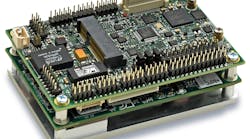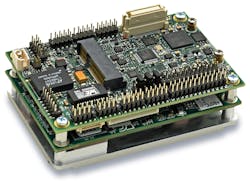PC/104 and the ISA bus will never go away, but smaller-form-factor platforms like Diamond Systems’ Zeta system (Fig. 1) are needed to minimize size, weight, and power (SWaP). They also must deliver the performance required for new applications from drones to the latest medical equipment.
1. Diamond Systems’ Zeta board, which uses the COM Express Mini Type 10 form factor, includes features like Mini-PCIe peripheral expansion.
The Zeta boards employ the compact COM Express Mini Type 10 form factor, allowing them to squeeze into small devices. The Mini-PCIe peripheral expansion is becoming more common on small motherboards and computer-on-modules (COMs) because it’s being used for more than adding Wi-Fi to notebooks.
For example, Acces I/O’s mPCIe-DIO-24 is a 24-channel digital I/O with a change-of-state (COS) Mini-PCIe card that would work with the Zeta board (Fig. 2). Size and power requirements are minimized with an FPGA. Other Mini-PCIe cards often have microcontrollers to provide more functionality. In fact, the most challenging facet of Mini-PCIe peripheral cards concerns the connectors. The small size is possible using new, compact connectors and cabling.

